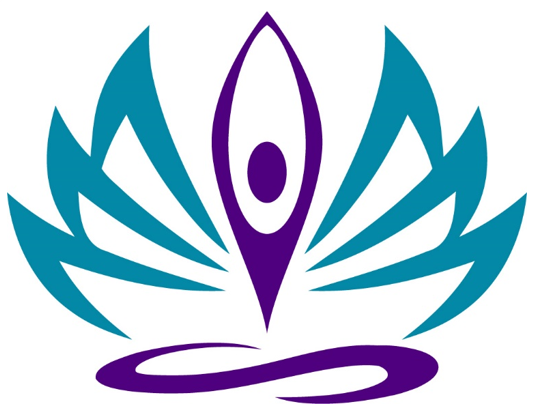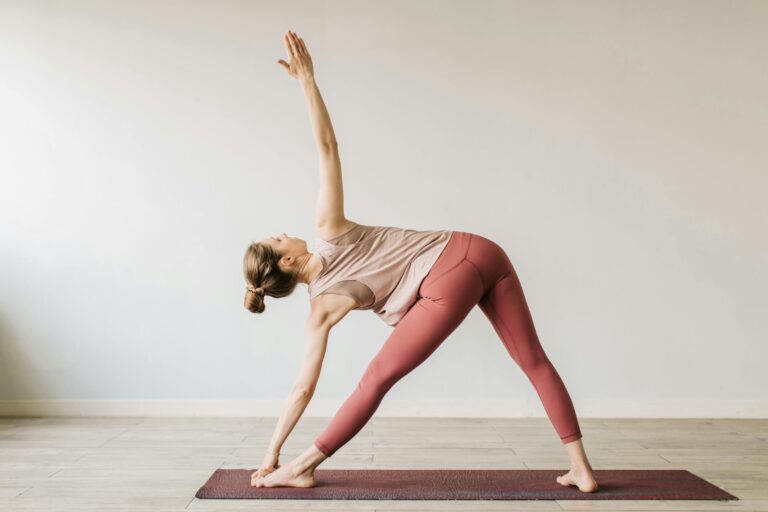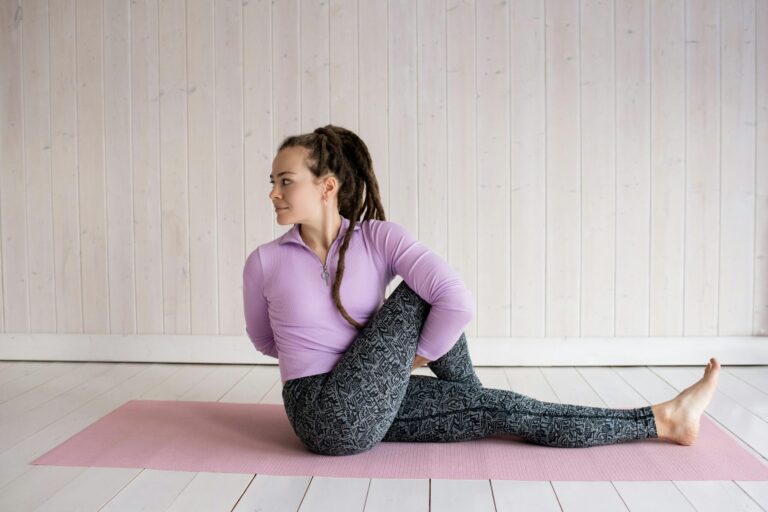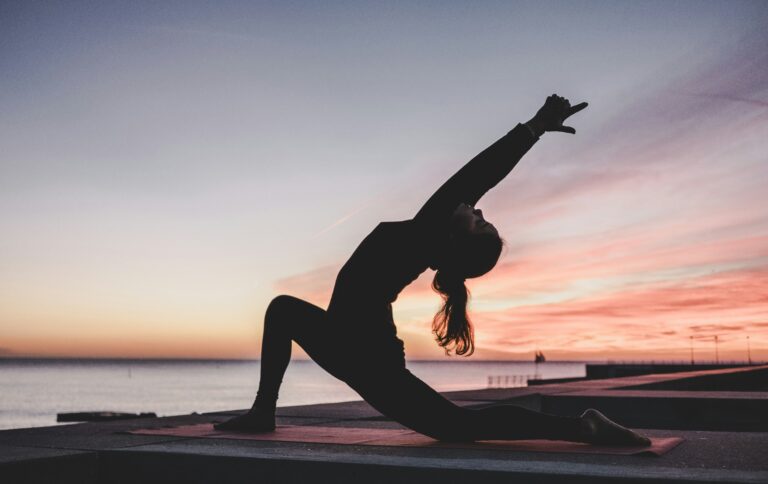Correcting posture by focusing on the abdominal muscles: The key to a healthy posture
Good posture is not only crucial for our appearance, but also for our health. It affects our back, our joints and even our well-being. Many people today suffer from back and neck pain - often due to poor posture. But what if the key to better posture lies directly in the center of our body? The answer is: Abdominal muscles.
In this blog post, I explain how you can sustainably improve your posture by specifically activating and strengthening your abdominal muscles.
Why are abdominal muscles so important for posture?
The abdominal muscles are an essential part of the so-called "core" or trunk. This area includes not only the abdominal muscles, but also the lower back muscles, the muscles around the pelvis and the thighs.
Weak abdominal muscles are usually associated with an inadequately stabilized spine and associated lower back pain. What many people don't know is that the abdominal muscles are also crucial for the position and mobility of the pelvis. Strong, lateral abdominal muscles help to keep our pelvis upright and prevent a hollow back. In addition, evenly developed abdominal muscles on both sides are crucial for minimizing or preventing asymmetries in the pelvis and the resulting posture problems (pelvic obliquity, legs that appear unevenly long, scoliosis, etc.).
Conclusion: A strong core is crucial for stabilizing the spine and pelvis, improving posture and preventing asymmetries and other postural problems as well as back pain.
Exercises to activate the abdominal muscles
To improve your posture in the long term, you need to actively train your abdominal muscles. In my YouTube video, I guide you through specific abdominal muscle exercises to improve your posture:
If you prefer to do the exercises on your own, here are some simple exercises that you can integrate into your daily routine:
1. wall sit-ups
For this exercise, you need a free wall that you can use.
Execution:
- Bring both feet to the free wall, your legs are bent at a 90° angle
- Pull your heels down (activating the back of your thighs) and allow your lower back to round out
- Your legs are hip-width apart. Use a yoga block as an aid between your knees and relax your buttocks
- Clasp your hands behind your head with your elbows pointing outwards
- As you exhale, lift your shoulders off the floor and keep your gaze directed upwards rather than forwards
- Hold the position for 20-30 seconds and repeat the exercise 2-3 times

2. inclined wall sit-ups
This exercise focuses on the lateral abdominal muscles.
Execution:
- Choose the same alignment as for the wall sit-ups.
- After you have released your upper body from the floor with an exhalation, bring your left shoulder a little closer to your right knee. Hold here for 10 seconds
- Then bring both shoulders back to the same height, still raised
- Then bring your right shoulder a little closer to your left knee. Hold here for 10 seconds.
- Bring both shoulders back to the same height, still raised.
- Repeat this exercise 3-4 times without lowering your shoulders

3. sideplank
This exercise also strengthens the lateral abdominal muscles.
Execution:
- Lie sideways on your mat and rest your forearm on the mat. Make sure that your elbow is under your shoulder. The fingertips are pointing away from you.
- The legs are closed, the feet are on top of each other.
- Now start to lift your hips so that your weight is balanced by your forearm and feet.
- You can rest your upper arm on your hip.
- Hold this position for 20-30 seconds before lowering your hips back to the floor. Repeat the exercise 2-3 times on each side.

Integrate into everyday life: Activate your abdominal muscles!
In addition to targeted exercises, there are also simple ways to activate your abdominal muscles in everyday life and thus improve your posture. Deep diaphragmatic breathing is a good way to gently train your lateral abdominal muscles without exertion. The deeper you exhale, the more you activate your abdominal muscles. But be careful! Do not bring any additional tension into your body by breathing deeply.
Conclusion: A strong core for better posture
Improving your posture by activating and strengthening your abdominal muscles is one of the most effective ways to prevent back pain and keep your spine healthy. By regularly doing exercises that target your core, you can not only improve your posture, but also strengthen the entire musculature of your body. Start focusing on your abs today and experience the positive changes in your everyday life!







